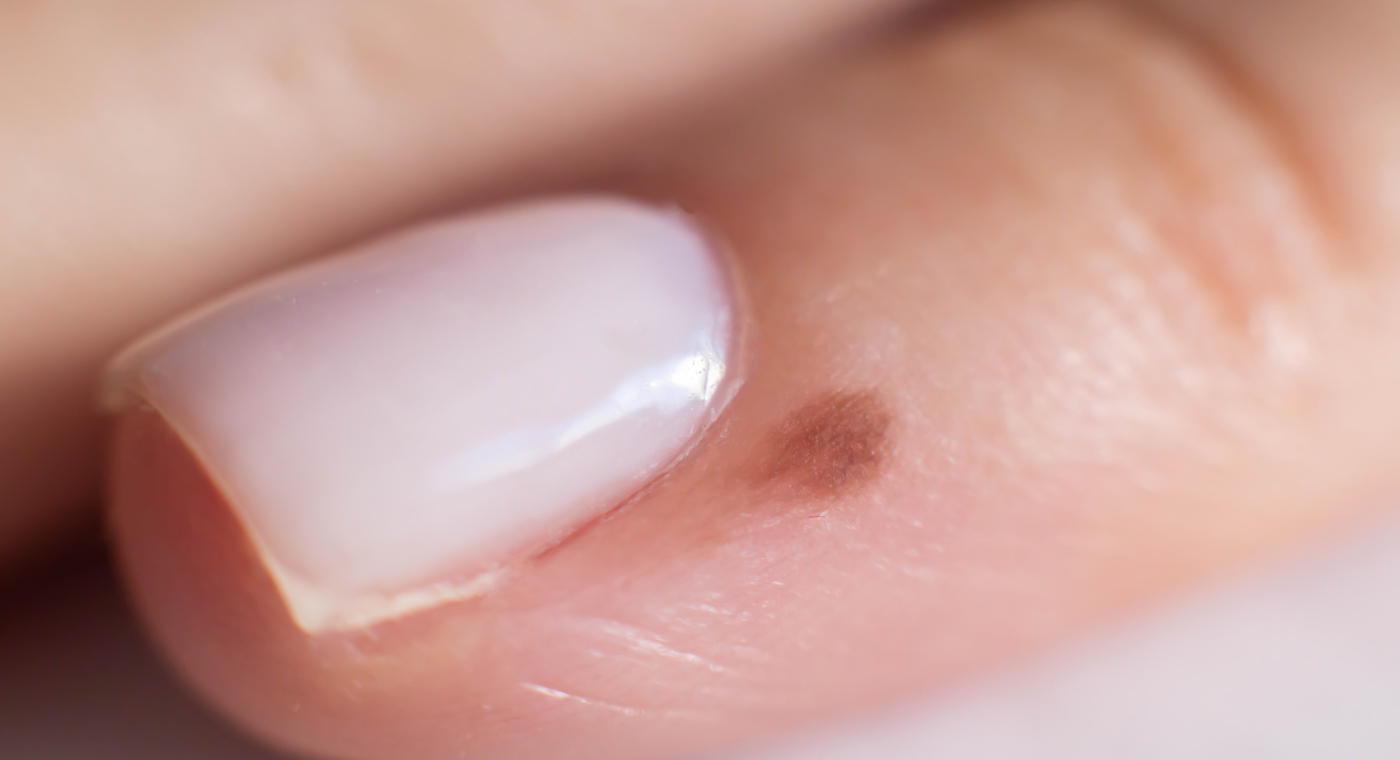Blog
Old-Fashioned Oatmeal in Bulk: A Comprehensive Guide

Oatmeal has been a breakfast staple for centuries, offering a nutritious and versatile start to the day. With the increasing focus on healthy eating and meal preparation, buying old-fashioned oatmeal in bulk has become a popular choice among health-conscious consumers and meal planners alike. This guide will explore the benefits, considerations, and tips for purchasing and storing old-fashioned oatmeal in bulk.
What is Old-Fashioned Oatmeal?
Old-fashioned oatmeal, also known as rolled oats, is made from whole oat groats that are steamed and then rolled flat. This process allows the oats to cook quickly compared to steel-cut oats, which are less processed and require a longer cooking time. The result is a chewy, hearty texture that holds up well in various recipes.
Benefits of Buying Oatmeal in Bulk
Cost Savings
One of the primary advantages of purchasing oatmeal in bulk is the cost savings. Buying in larger quantities often reduces the per-unit price, allowing you to save money over time. This is especially beneficial for families or individuals who consume oatmeal regularly or use it in multiple recipes.
Reduced Packaging Waste
Buying oatmeal in bulk helps minimize packaging waste. Instead of purchasing multiple small packages, you can opt for a single large container or bag. This not only reduces the environmental impact but also contributes to a more sustainable lifestyle.
Convenience
Having a large supply of oatmeal on hand means fewer trips to the grocery store. This convenience is particularly useful for busy individuals or families who want to streamline their shopping and meal prep routines.
How to Choose the Right Bulk Oatmeal
Quality and Source
When selecting bulk oatmeal, it’s important to consider the quality and source. Look for oats that are labeled organic or non-GMO if you prefer a more natural product. Check for any certifications or quality assurances provided by the supplier to ensure you’re getting a high-quality product.
Packaging
Bulk oatmeal is typically available in various types of packaging, including plastic bags, paper sacks, or resealable containers. Choose packaging that suits your storage needs and keeps the oats fresh. Resealable bags or containers with airtight seals are ideal for maintaining freshness and preventing contamination.
Storage Considerations
Proper storage is crucial for preserving the quality of bulk oatmeal. Ensure that the storage area is cool, dry, and free from pests. Airtight containers or bags can help protect the oats from moisture, which can lead to spoilage or mold growth.
Storing Bulk Oatmeal
Ideal Storage Conditions
To keep bulk oatmeal fresh for an extended period, store it in a cool, dry place away from direct sunlight. A pantry or cupboard with stable temperatures is ideal. If you live in a humid climate, consider using moisture-absorbing packets or storing the oats in an airtight container to prevent moisture absorption.
Long-Term Storage
For long-term storage, you can use vacuum-sealed bags or airtight containers. If you need to store oatmeal for more than a few months, consider freezing it. Freezing can extend the shelf life and protect against pests, though it’s important to ensure that the oats are properly sealed to avoid freezer burn.
Creative Ways to Use Old-Fashioned Oatmeal
Classic Oatmeal Recipes
Old-fashioned oatmeal is most commonly used in classic oatmeal recipes. Simply cook the oats with water or milk, and add your favorite toppings such as fruits, nuts, honey, or cinnamon. This versatile breakfast option can be customized to suit your taste preferences.
Oatmeal-Based Snacks
Oatmeal is not limited to breakfast. You can use it in a variety of snacks and baked goods. Try making oatmeal cookies, granola bars, or oat-based muffins. Oats can also be added to smoothies or used as a topping for yogurt.
Savory Dishes
Oatmeal isn’t just for sweet dishes. It can be used in savory recipes as well. Consider incorporating oats into soups, stews, or savory breakfast bowls. Oats can also be used as a meat substitute in veggie burgers or as a binder in meatloaf.
Tips for Cooking and Preparing Oatmeal
Cooking Methods
Old-fashioned oats can be prepared in several ways, including stovetop, microwave, or overnight soaking. For stovetop cooking, bring water or milk to a boil, add the oats, and simmer until the desired consistency is reached. In the microwave, combine oats and liquid in a microwave-safe bowl and cook in intervals, stirring frequently.
Flavor Enhancements
Enhance the flavor of your oatmeal with various add-ins. Fresh or dried fruits, nuts, seeds, spices, and sweeteners can elevate the taste and nutritional value. Experiment with different combinations to find your favorite flavors.
Batch Cooking
For convenience, consider batch cooking oatmeal. Prepare a large batch and store individual portions in the refrigerator or freezer. This allows for quick and easy breakfasts throughout the week, saving time on busy mornings.
Potential Drawbacks and Considerations
Shelf Life
While old-fashioned oatmeal has a relatively long shelf life, it’s important to monitor for signs of spoilage, such as off smells or unusual textures. Proper storage can help extend the shelf life, but it’s still important to use the oatmeal within a reasonable timeframe.
Initial Investment
Buying in bulk requires a higher initial investment compared to purchasing smaller quantities. However, the long-term savings and benefits often outweigh the upfront cost. Plan your purchase according to your consumption rate to ensure that you’re buying an amount that aligns with your needs.
Conclusion
Buying old-fashioned oatmeal in bulk offers numerous benefits, including cost savings, reduced packaging waste, and convenience. By choosing high-quality oats, storing them properly, and exploring creative uses, you can make the most of your bulk purchase. Whether you’re looking to streamline your meal prep or simply enjoy the versatility of oats, bulk oatmeal is a practical and nutritious choice for any pantry.

Blog
what does it mean when you have a beauty mark on your finger?

Have you ever mused over the enigmatic allure of a beauty mark gracing your finger? These tiny yet distinct skin features have captivated human curiosity for generations. Beyond their medical relevance, beauty marks are often seen as intricate symbols of individuality, holding deeper meanings that resonate with personal and cultural interpretations. Let’s unravel the mystery behind these marks and their potential significance.
What Constitutes a Beauty Mark?
Unveiling the Mystique
A beauty mark, colloquially termed a “mole,” is a minute skin feature, typically darker than its surrounding canvas. These marks can either rest flat against the skin or rise slightly above it. Often romanticized as “nature’s embellishments,” they evoke uniqueness and charm, capturing the imagination of those who bear them.

Distinction Between Moles and Other Marks
Not every skin blemish qualifies as a beauty mark. True moles stem from localized melanin concentrations, usually benign, whereas other skin features might emerge from various causes with differing medical implications.
Cultural Views on Finger Beauty Marks
Eastern Philosophies
In many Asian traditions, beauty marks are imbued with profound meanings. A mark on the finger, for example, may symbolize artistic prowess or financial aptitude, often viewed as a harbinger of fortune.
European Mysticism
During medieval European epochs, hand-based marks were enveloped in mysticism. These marks were perceived as divine imprints, signifying fate’s touch—a dual-edged omen of promise and peril.
Modern Interpretations
In today’s aesthetic-driven world, beauty marks are celebrated as distinct elements of individuality. While some attribute spiritual or astrological connotations to them, they are largely appreciated for their role in personal identity and charm.
Deciphering the Meaning of Finger Beauty Marks
Index Finger
A mark here often denotes unwavering determination and innate leadership. It suggests an individual capable of steering paths and inspiring others with resolute ambition.
Middle Finger
This placement may signify responsibility and maturity in decision-making. Linked astrologically to Saturn, it symbolizes emotional depth and a grounded nature.
Ring Finger
A beauty mark on this finger embodies love, loyalty, and romantic sensibilities. Additionally, it is associated with artistic talent and an appreciation for beauty.
Little Finger
On the pinky, such marks represent intelligence, eloquence, and strategic thinking. Bearers are often gifted in communication and adept at navigating complex situations.
Astrological and Mystical Connotations
Planetary Connections
In astrology, each finger corresponds to a celestial entity, influencing the interpretation of a beauty mark. For instance, the Sun governs the ring finger, suggesting creativity and ambition for those marked there.
Astrological Readings
Astrologers often combine the location of beauty marks with natal chart analysis, seeking to unveil hidden meanings tied to one’s destiny.
Psychological and Social Dimensions
Impact on Self-Image
Beauty marks, particularly on the hands, hold the power to shape self-perception. For some, they are a source of confidence; for others, they may spark introspection or insecurity.
Embracing Uniqueness
Each beauty mark tells a story as distinctive as the person it adorns, serving as a symbol of individuality and a reminder of human diversity.
Beauty Marks in Popular Culture
Celebrity Icons
Famous figures such as Cindy Crawford have redefined beauty standards, with their beauty marks becoming emblematic features of their identity and appeal.
Media Influence
The portrayal of beauty marks in media often elevates them as symbols of natural elegance, reinforcing the narrative of self-acceptance and individual beauty.
Caring for Your Beauty Mark
Dermatological Guidance
Regular skin evaluations are crucial to monitor any changes in beauty marks. Protecting them from excessive sun exposure with SPF products is highly recommended.
When to Seek Medical Attention
Consult a healthcare provider if a beauty mark changes in size, shape, or color, as these could indicate potential health concerns.
Modifying the Appearance of Beauty Marks
Laser Treatments
Modern advancements in dermatology provide safe methods, such as laser therapy, for removing beauty marks if desired.
Cosmetic Concealment
For those preferring a temporary solution, professional-grade makeup offers effective coverage, blending marks seamlessly into the skin.

A Beauty Mark: A Story Etched in Skin
Have you ever wondered why many regard their beauty marks as personal emblems? A finger mark, subtle yet profound, might symbolize the way you interact with the world. For instance, a mark on the ring finger could reflect enduring love, while one on the index finger may hint at unyielding determination.
In today’s self-expression and social media age, beauty marks have become celebrated symbols of individuality. Campaigns and visual narratives embrace these features, championing the notion that every skin characteristic is extraordinary.
Conclusion
A beauty mark on your finger transcends its physical appearance. It represents an intersection of identity, spirituality, and personal storytelling. Whether interpreted through cultural, astrological, or aesthetic lenses, these marks remind us of our singularity and the tales our bodies quietly narrate.
Blog
Which Essence Mascara Stands Out as the Best?
Blog
How Do Ariana Grande’s Eyebrows Move Without Wrinkling

Ariana Grande, a global pop icon and inescapable force in the entertainment world, captivates not just with her powerful voice but also with her flawless visage. Among the myriad questions her image sparks, one stands out: how do her eyebrows move with such expressiveness without leaving even a trace of creases or wrinkles on her smooth forehead? This article delves into the potential theories, beauty practices, and insider secrets that may shed light on this enigmatic phenomenon.
The Art of Facial Expression Control
As a seasoned performer under perpetual public scrutiny, Ariana Grande has likely honed the delicate craft of managing her facial expressions. Years in the limelight may have instilled a discipline to maintain a serene and unblemished appearance.

Entertainers, especially those relentlessly captured on camera, often train to curtail excessive facial motions that could lead to the formation of lines or wrinkles. For someone as image-conscious as Ariana, this skill might be second nature, seamlessly balancing expressiveness and elegance.
The Subtle Power of Botulinum Toxin
A commonly floated hypothesis among aesthetics experts is the strategic use of botulinum toxin injections—commonly known as Botox. These treatments are renowned for their ability to relax facial muscles, minimizing the appearance of wrinkles while preserving a degree of movement.
Botox operates by temporarily interrupting nerve signals in the targeted muscles, resulting in a smooth, unlined appearance even during motion. If Ariana employs this technique, the precision in dosing could allow her to subtly animate her eyebrows without inducing any visible furrowing.
Skin Care Rituals and Deep Hydration
Another plausible explanation lies in a meticulously curated skincare regimen. Ariana favors premium skincare products, and a well-nourished, hydrated complexion is inherently more supple and less prone to wrinkling during repeated facial movements.
Products enriched with hyaluronic acid, peptides, and antioxidants can enhance skin elasticity and firmness. Combined with professional treatments like chemical peels or deeply hydrating masks, they contribute to a perpetually smooth and youthful look.
Advanced Makeup Techniques
Makeup artistry plays an indispensable role in Ariana’s polished public persona. Sophisticated contouring and the adept use of primers, concealers, and powders can create a visually seamless canvas, effectively masking any minor imperfections or creases.
Smoothing primers, in particular, are formulated to fill in fine lines temporarily, leaving an even surface that resists detection even under close scrutiny. Her professional makeup team likely leverages these tools to craft the illusion of porcelain-like skin.
The Influence of Genetics
Never underestimate the role of genetics in skin resilience. Some individuals naturally possess firmer, more elastic skin that remains unlined despite frequent facial expressions. If Ariana inherited such fortuitous traits, this could significantly contribute to her wrinkle-free brow mobility.
Lighting and Digital Enhancements

In the entertainment industry, lighting and post-production wizardry play pivotal roles in maintaining a star’s immaculate image. Music videos, photoshoots, and televised appearances often employ expertly calibrated lighting to soften facial contours. Moreover, digital retouching has become an industry norm, ensuring that any minor imperfections are virtually erased.
While these visual enhancements don’t account for real-time movements, they can amplify the perception of flawlessness, diminishing any subtle skin creasing that might occur.
Facial Yoga and Muscle Conditioning
An emerging trend among celebrities is facial yoga—targeted exercises designed to tone facial muscles, enhance blood circulation, and sustain skin elasticity. Ariana might incorporate such routines into her daily regimen, promoting a dynamic yet unlined appearance.
Stars like Jennifer Aniston and Meghan Markle have endorsed facial yoga, suggesting it could be a shared secret among those committed to maintaining a youthful visage.
Industry Pressures and Beauty Standards

Navigating an industry obsessed with appearances, Ariana Grande faces immense pressure to uphold a faultless image. This environment motivates many celebrities to explore cutting-edge beauty practices and treatments.
While some public figures openly discuss their aesthetic routines, others, like Ariana, may choose discretion, fueling speculation and intrigue. Ultimately, this veil of mystery only adds to the allure of her seemingly perfect visage.
Conclusion:
So, how does Ariana Grande’s brow dance without leaving a single fold? The answer likely lies in a blend of factors—ranging from advanced aesthetic interventions to disciplined skincare, genetic blessings, and expert artistry.
What’s undeniable is her mastery of modern beauty ideals, seamlessly intertwining talent, precision, and technological innovations. Fans and admirers can only continue to marvel at this harmonious blend of natural beauty and cultivated perfection, a hallmark of the ever-enigmatic superstar.
-

 Skin10 months ago
Skin10 months agoNatural Oil-Free Face Moisturizer Reviews & Buyers Guide
-

 Hair2 months ago
Hair2 months agoDoes a Flat Iron Kill Lice? Fact or Myth?
-

 Hair10 months ago
Hair10 months agoDoes a Flat Iron Kill Lice? Fact or Myth?
-

 Skin9 months ago
Skin9 months agoAbout Face Beauty: Tips for Enhancing Your Natural Beauty
-

 Skin10 months ago
Skin10 months agoNeutrogena Naturals Multi-Vitamin Nourishing Face Moisturizer Review
-

 Hair10 months ago
Hair10 months agoFunction of Beauty: Personalized Hair Care for Your Unique Needs
-

 Skin9 months ago
Skin9 months agoBeautiful Nails: Tips and Tricks for Healthy and Gorgeous Nails
-

 Hair10 months ago
Hair10 months agoTitanium Flat Iron vs. Ceramic



